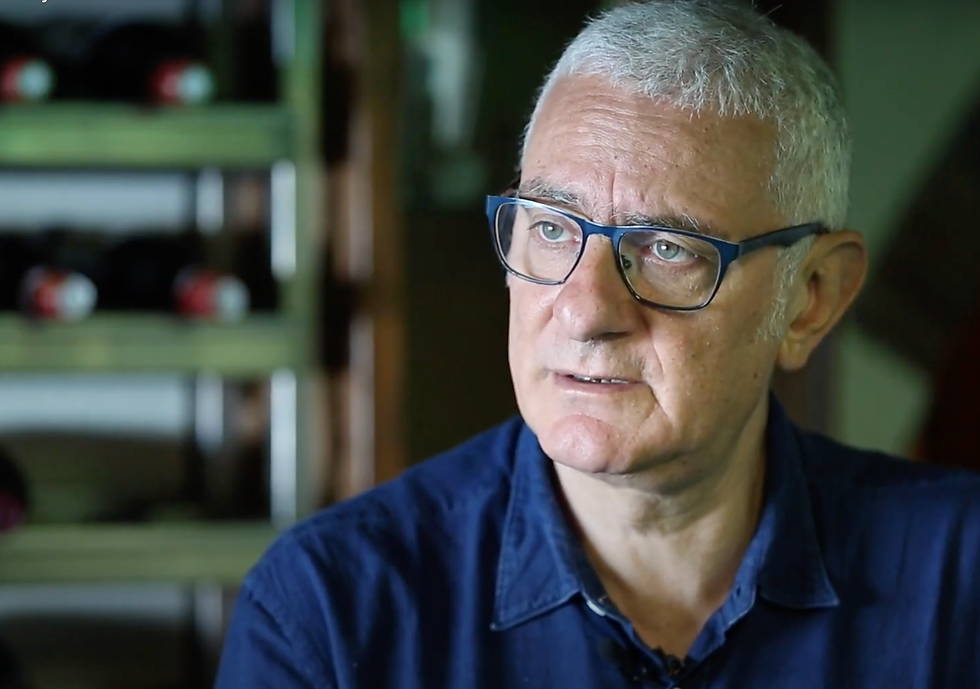
H.A.S.
Homo Ars Sacrum
Since the dawn of our civilization, the symbiotic connection between objects and religious belief has been a foundational element of humanity. The first temples in history, unearthed by archaeologists at the Turkish site of Göbekli Tepe (dating back approximately 12,000 years), represent the first evidence of this inseparable connection of the three elements (humanity, art, and the divine) that from that moment on would shape human evolution. Religion, therefore, cannot be imagined solely through an internal analysis of human spirituality; it is, in fact, the product of a symbiotic relationship between human beings and objects that become the media for the ideal ascent to the supernatural world. This inseparable connection continues to shape the relationship between believers and the divine world today. The destruction of religious icons dating back to before the advent of Islam by Daesh terrorists further confirms this essential connection and the need for us to understand the reasons for this connection, which is evident in the popular traditions of our country (as in the case of the feast of Saint Agatha) as well as in contemporary artistic production (think of the 'Young Pope' series or the works of artists like Maurizio Cattelan). For this reason, it is our society's primary objective to identify analytical tools that involve not only the analysis of religious phenomena, but also their transformation through artistic phenomena that enter into symbiosis with the popular traditions of contemporary religiosity.
H.A.S. (Homo Ars Sacrum) Material Culture and Religion, a project curated by Nicola Laneri (Director of the School of Religious Studies, CAMNES, Florence, and Professor of Ancient Near Eastern Archaeology at the University of Catania) and produced by the Fondazione Oelle Mediterraneo Antico, thus becomes a tool for investigation and a mirror of this condition of material religiosity ('material religion'), but also for understanding the 'ambivalence of the sacred' (as initially noted by the father of modern sociology Emile Durkheim and later emphasized by the philosopher Giorgio Agamben in his work 'homo sacer') which blends sacred and profane elements in society's affirmation of the divine dimension. The HAS project becomes a visual testimony to this essential link between the spiritual and material dimensions of the sacred through three thematic interviews with internationally renowned scholars and artists (Ian Hodder, Paolo Matthiae, and Alfredo Pirri) and, finally, a documentary/journey dedicated to the feast of Saint Agatha and the role played by women in creating the religious spirituality of ancient and contemporary societies.

Interview with Ian Hodder

Interview with Alfredo Pirri

Interview with Paolo Matthiae




